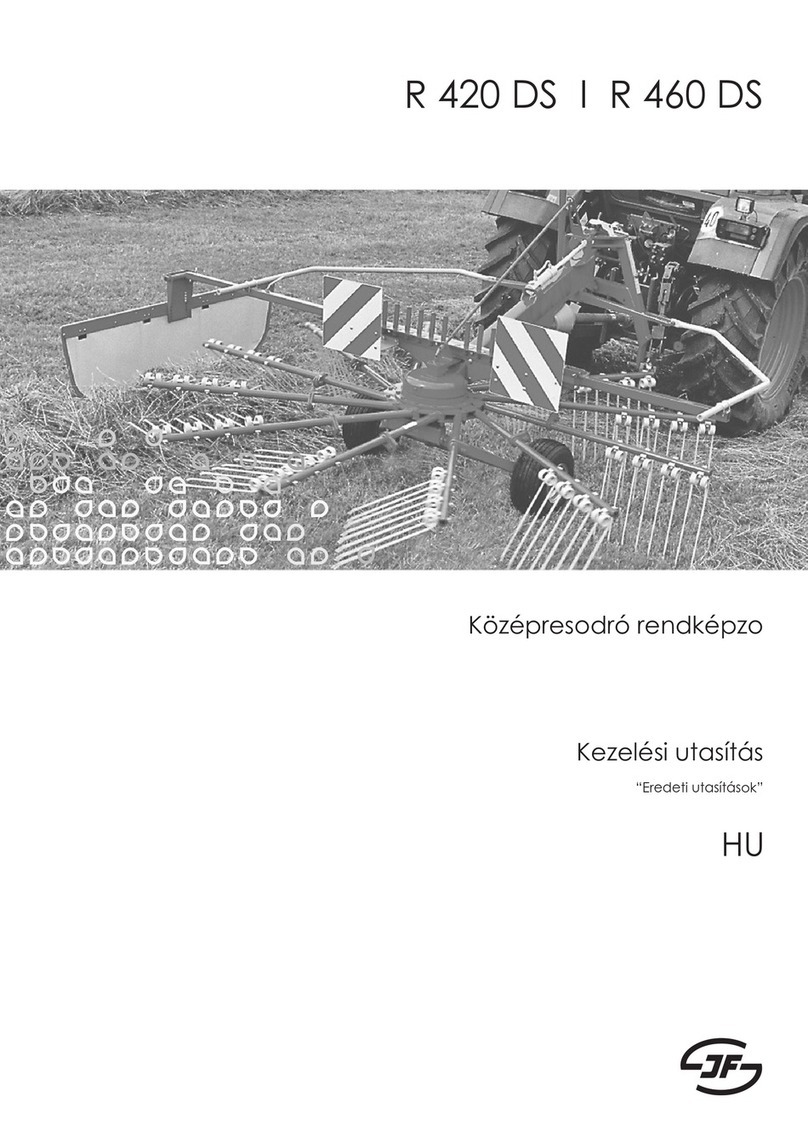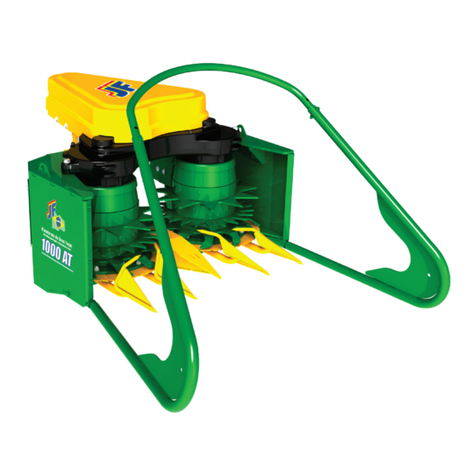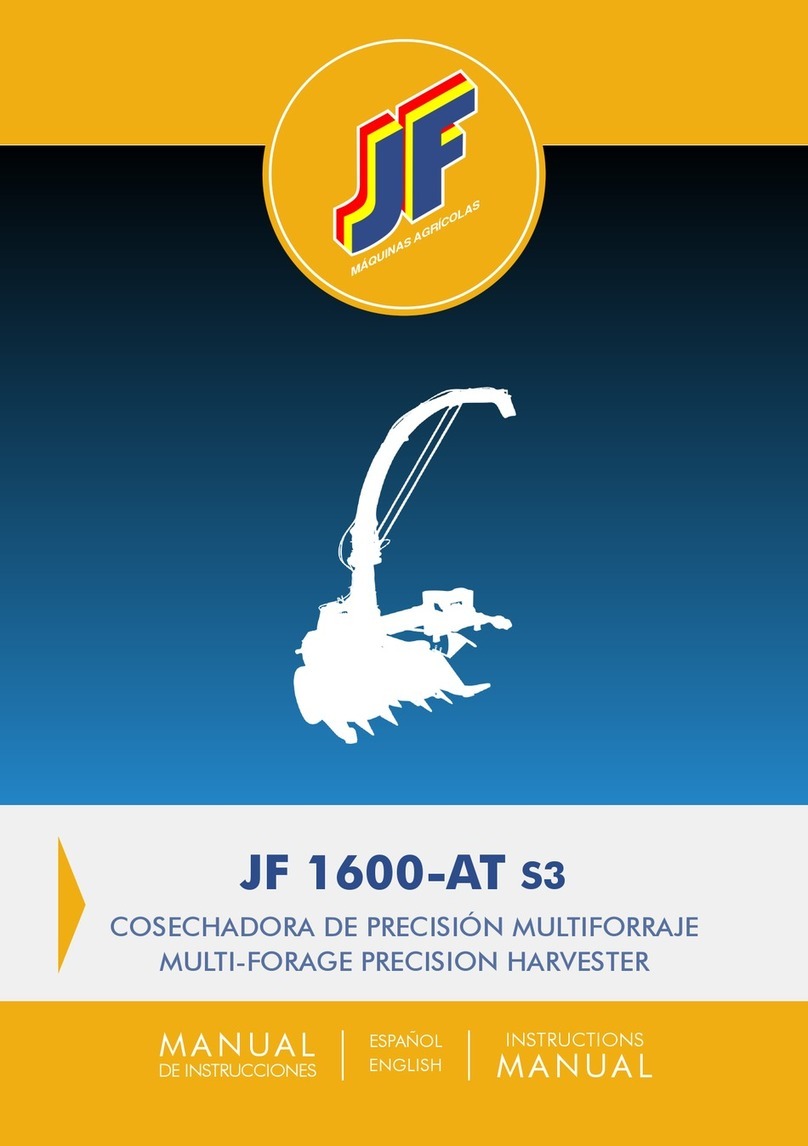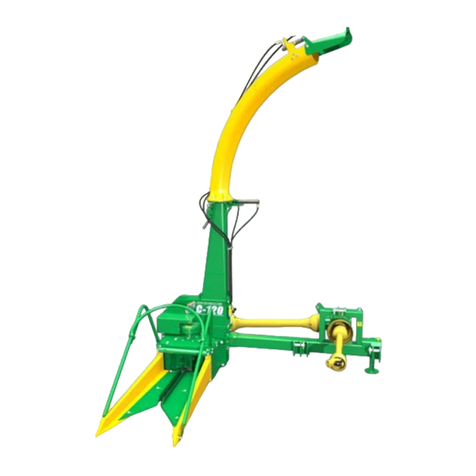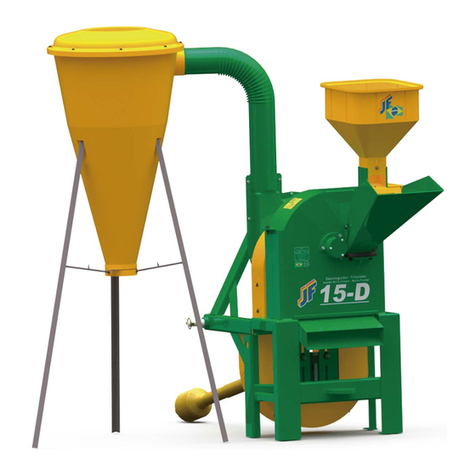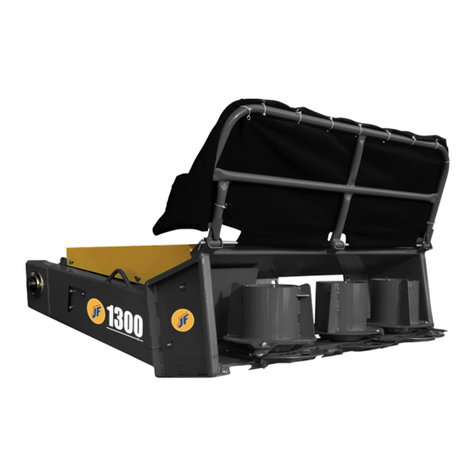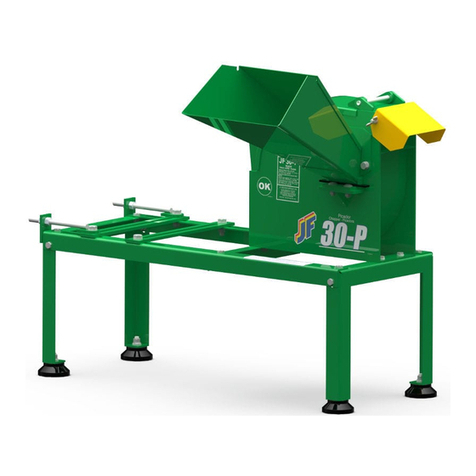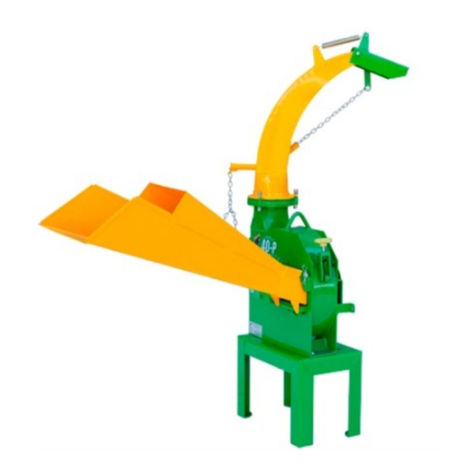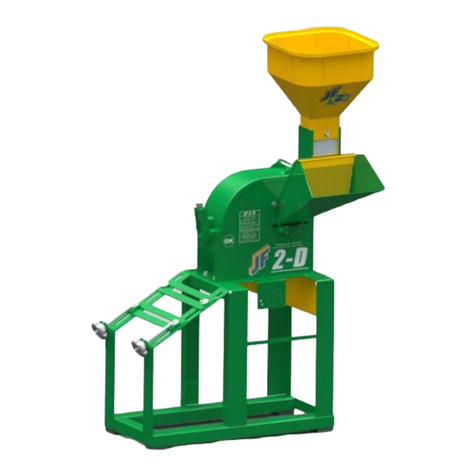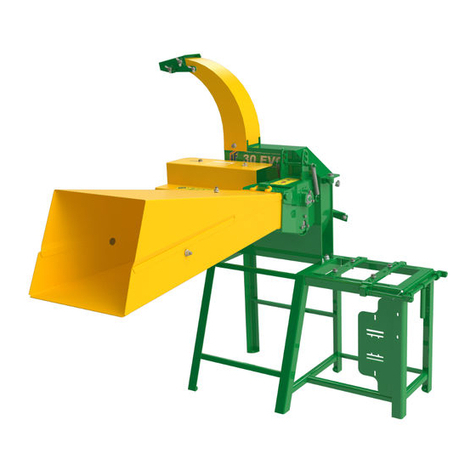
PIGB-206X-02 FCT1460 0614
4. ADJUSTMENTS............................................................................................................44
PICK-UP...........................................................................................................44
Change of speed of pick-up tines.........................................................46
OPENING THE ROTOR HOUSING .................................................................47
Collapsible chute..................................................................................50
ROTOR AND ROLLER SECTION....................................................................53
CUTTING LENGTHS........................................................................................56
REPLACEMENT AND ADJUSTMENT OF BLADES........................................58
GRINDING........................................................................................................59
Grinding operation ...............................................................................60
Rough grinding.....................................................................................62
REVERSE ........................................................................................................63
NEUTRAL POSITION.......................................................................................65
5. METAL DETECTOR (MD).............................................................................................66
Magnet tub (metal sensor)...................................................................66
Registration of metal............................................................................67
Stop of the feed intake section.............................................................67
Resetting of the metal detector............................................................68
MD-CONTROL .................................................................................................69
ADJUSTMENTS...............................................................................................71
Ratchet stop.........................................................................................71
Spring assembly ..................................................................................72
FAULT FINDING FOR MD ...............................................................................72
6. WORKING IN THE FIELD.............................................................................................73
GENERAL CONDITIONS.................................................................................73
Swathing before chopping....................................................................73
TRANSPORT POSITION .................................................................................74
STARTING IN THE FIELD................................................................................75
Starting.................................................................................................75
Working................................................................................................76
Blockage in the machine......................................................................78
After work.............................................................................................80
VARIOUS .........................................................................................................80
WORKING POSITIONS....................................................................................80
7. MAINTENANCE............................................................................................................82
IN GENERAL....................................................................................................82
GUARDS..........................................................................................................83
REPLACEMENT OF BLADES..........................................................................83
TYRE PRESSURE ...........................................................................................83
FRICTION CLUTCH.........................................................................................84
FUSES..............................................................................................................87
VARIOUS .........................................................................................................88
Rollers..................................................................................................88
Chain tightener for pick-up auger.........................................................88






